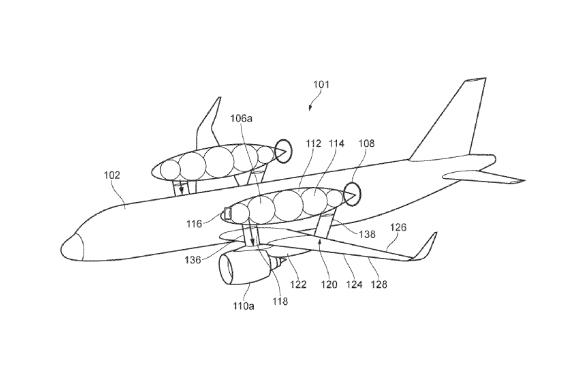In the quest to reduce environmental impact and increase efficiency, the aviation industry is exploring new frontier technologies. One promising development is the recent patent filed by Rolls-Royce plc for a hydrogen-fuelled aircraft.
This innovative design aims to tackle emissions and reshape the future of air travel by utilizing hydrogen as a primary fuel source.
The Hydrogen Fuelled Aircraft patent introduces several key components and configurations that differentiate it from conventional aircraft. At its core, the aircraft includes a fuselage, a wing, and a hydrogen-fueled gas turbine engine. Additionally, it employs at least one hydrogen fuel tank designed to store hydrogen in either a liquid or supercritical state. This storage method ensures that hydrogen is maintained efficiently and securely for optimal performance.
One of the standout features of this aircraft design is the installation of the gas turbine engine and the hydrogen fuel tank externally on the wing, rather than integrating these components within the fuselage. This external installation offers potential benefits, such as enhancing safety by minimizing the risks associated with hydrogen storage near passenger areas. Moreover, this configuration could lead to more efficient fuel delivery systems and a streamlined design for improved aerodynamics.
A notable design element outlined in the patent is the hydrogen fuel line configuration. Unlike traditional systems where fuel lines might pass through the fuselage, this aircraft’s hydrogen fuel line specifically avoids doing so. By keeping the fuel delivery pathway external, there is a potential for reducing complexity and further improving safety measures.





